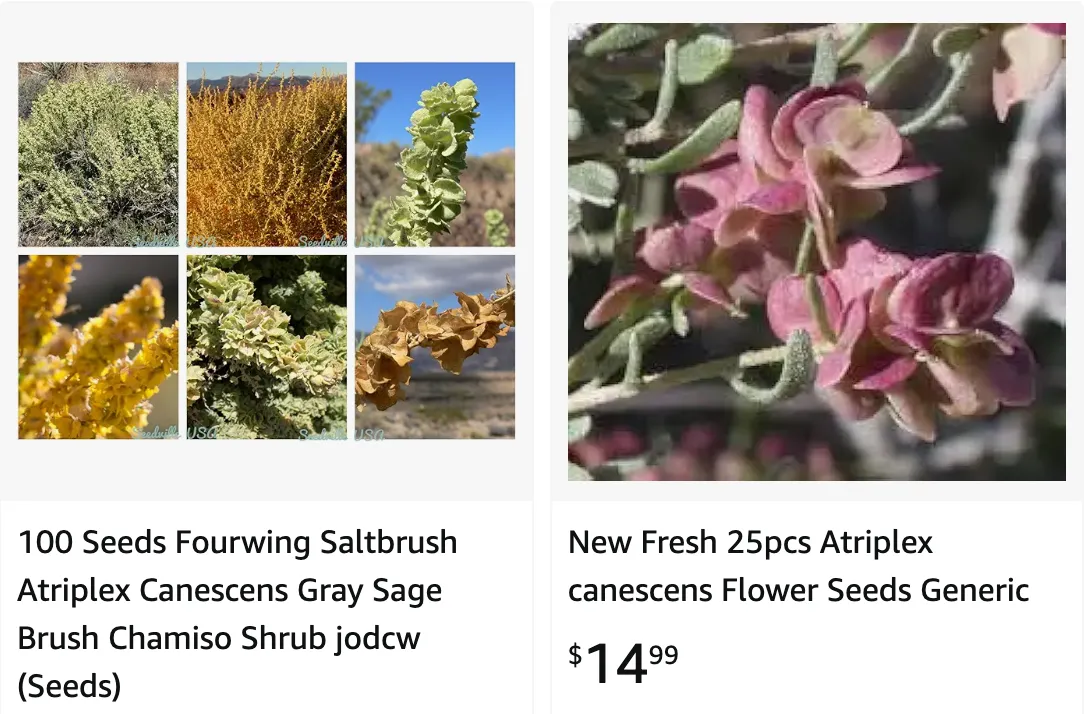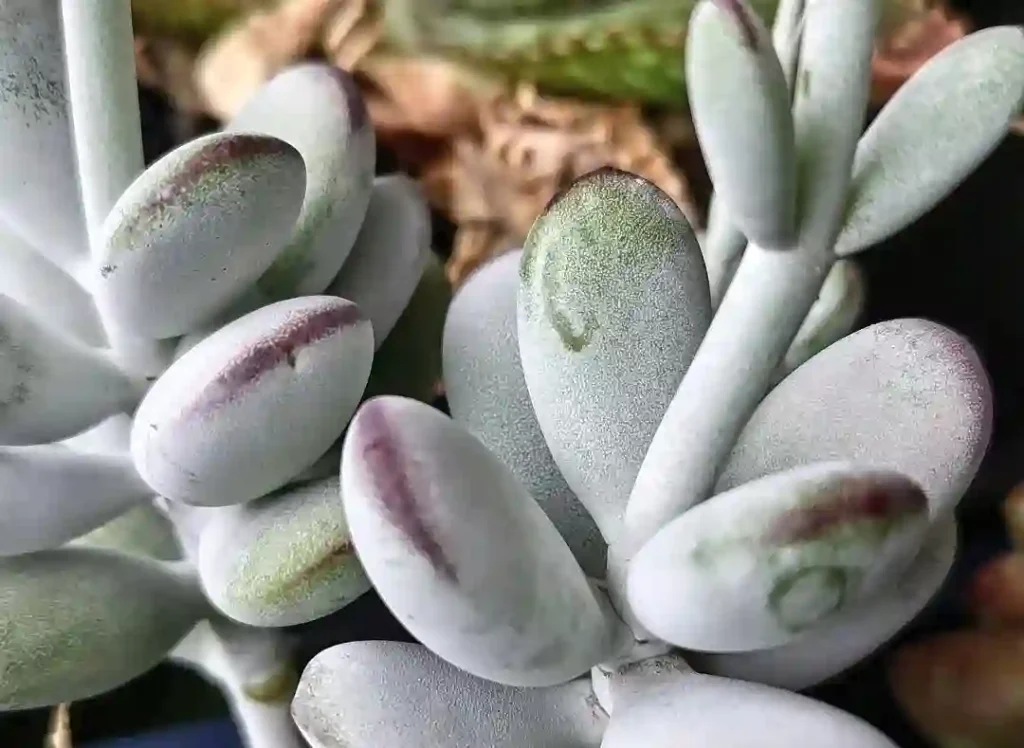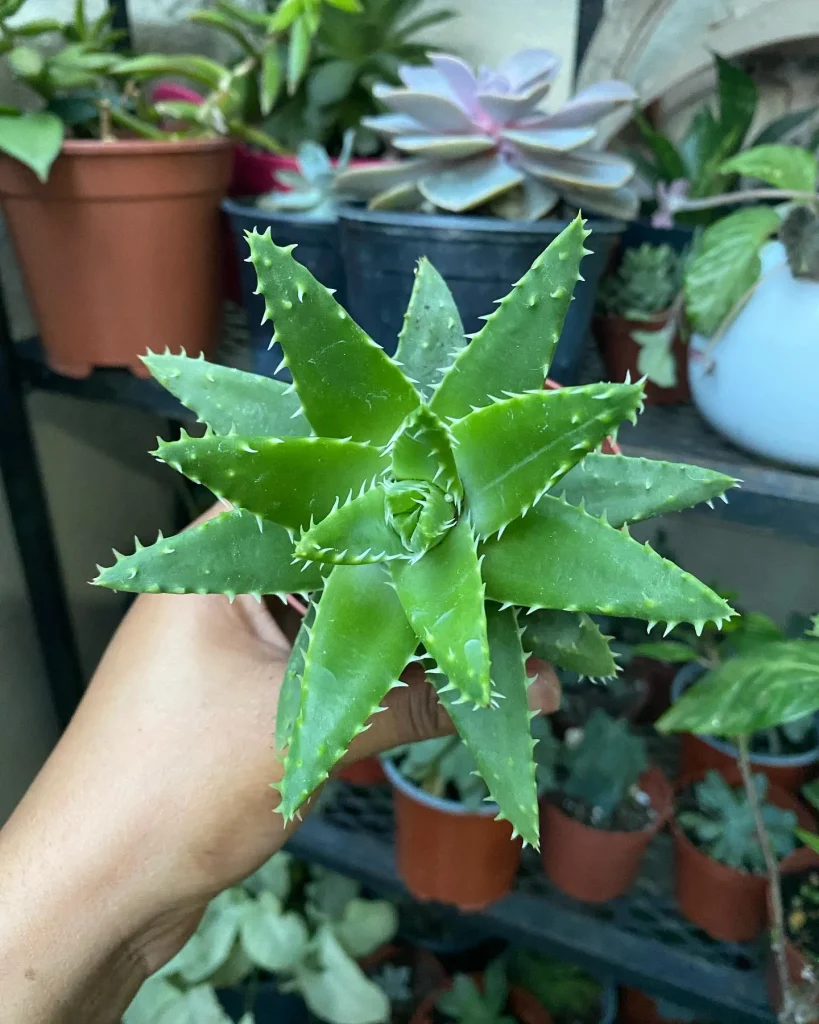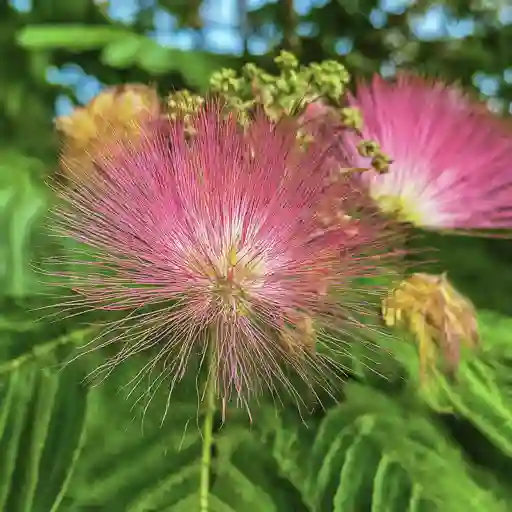
Four-Wing Saltbush: A Resilient Wonder of the West
As a botanist with a passion for arid ecosystems, I’ve always been fascinated by plants that thrive in harsh conditions. One such marvel is the Atriplex canescens, also known as the four-wing saltbush. This unassuming shrub might not be the most glamorous flora, but its ecological importance and surprising adaptability make it a worthy subject of study.
256 Species in Genus Atriplex
Where is Atriplex canescens Found?
The four-wing saltbush paints vast swaths of the western and midwestern United States with its silvery presence. Its range stretches from the Great Plains to the Intermountain West and down into the desert Southwest. It thrives in sandy soils, tolerates scorching temperatures, and even handles drought with remarkable ease.
How Does Atriplex canescens Endure the Heat?
The secret to the four-wing saltbush’s success lies in its clever adaptations. Its leaves, coated in a fine layer of hairs, reflect sunlight, reducing heat absorption. Additionally, these hairs trap a thin layer of air around the leaves, further insulating them from the scorching sun.
But the adaptations go beyond mere insulation. The four-wing saltbush has developed a deep taproot system that allows it to access precious water reserves hidden deep underground. This, coupled with its efficient water-use mechanisms, enables it to survive even in the driest of conditions.
A Haven for Wildlife: The Importance of Atriplex canescens in the Ecosystem
The four-wing saltbush isn’t just a survivor; it’s a vital player in the delicate balance of the arid ecosystem. Its leaves provide valuable forage for a variety of herbivores, including deer, antelope, and bighorn sheep. The winged fruits, produced by female plants, are a source of food for birds and small mammals.
Beyond its role as a food source, the four-wing saltbush also helps prevent soil erosion. Its extensive root system anchors the soil, reducing the risk of wind and water runoff. This creates a more stable environment for other plants to establish themselves.
Can Atriplex canescens Be Used in Landscaping?
While the four-wing saltbush might not be the first choice for a traditional flower garden, its resilience and low-maintenance nature make it a valuable addition to xeriscaping projects. Xeriscaping refers to landscaping practices that minimize water use, making it ideal for arid regions.
The four-wing saltbush thrives in full sun and well-drained soil, requiring minimal irrigation once established. Its silvery foliage adds a unique texture to landscapes, and its compact form makes it suitable for slopes and banks.
This shrub can also be a valuable addition to wildlife gardens, attracting pollinators like bees and butterflies with its inconspicuous flowers.
How to Care For and Propagate Atriplex canescens?
If you’re interested in incorporating the four-wing saltbush into your xeriscape, it’s a relatively easy plant to care for. Choose a location with full sun and well-drained soil. Amending the planting site with a little compost can be beneficial, but avoid over-fertilizing.
Watering is rarely necessary once the plant is established. Deep watering every few weeks during the first growing season might be needed, but mature plants can survive on natural rainfall in most regions.
Propagating the four-wing saltbush can be done through seeds or cuttings. Seeds can be sown directly into the ground in the fall or early spring. Alternatively, you can take semi-hardwood cuttings in late summer and plant them in a pot with a well-draining potting mix.
With a little care, you can cultivate your own patch of this resilient wonder and contribute to a vibrant and sustainable landscape.
The four-wing saltbush may not be a flamboyant wildflower, but its story is one of remarkable adaptation and ecological significance. By understanding its unique characteristics and appreciating its role in the ecosystem, we can learn valuable lessons about resilience and the importance of preserving these arid wonders.
If i die, water my plants!



